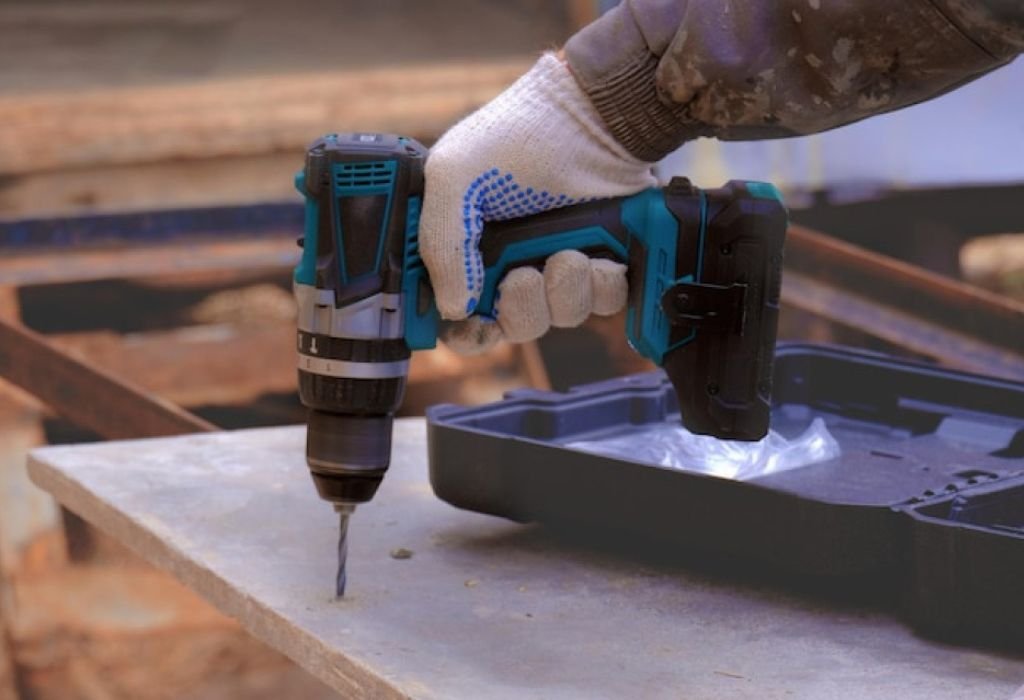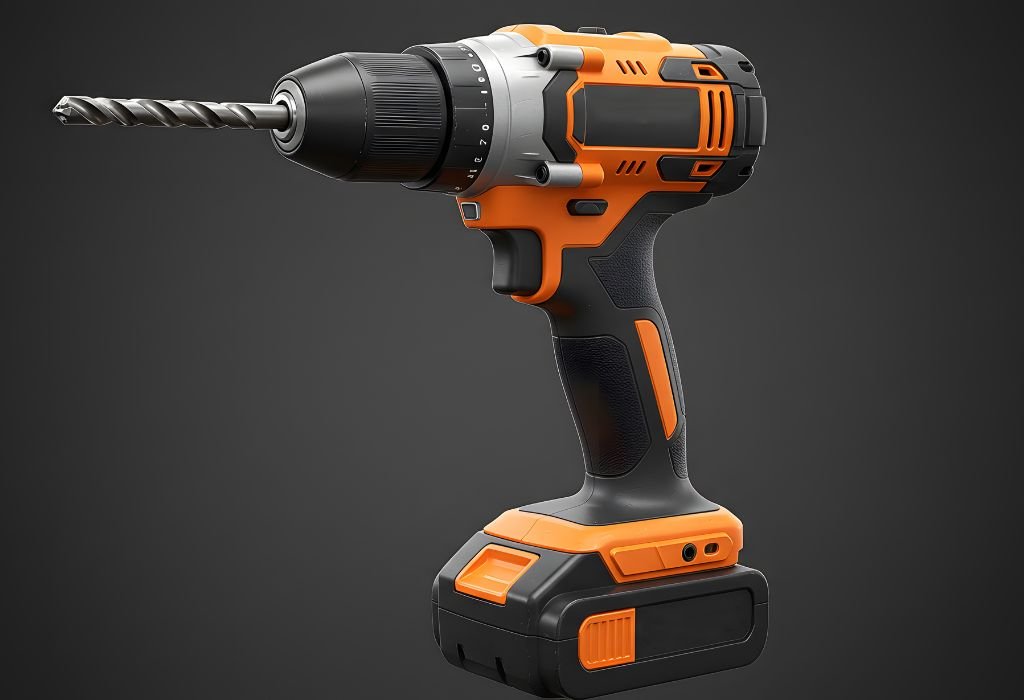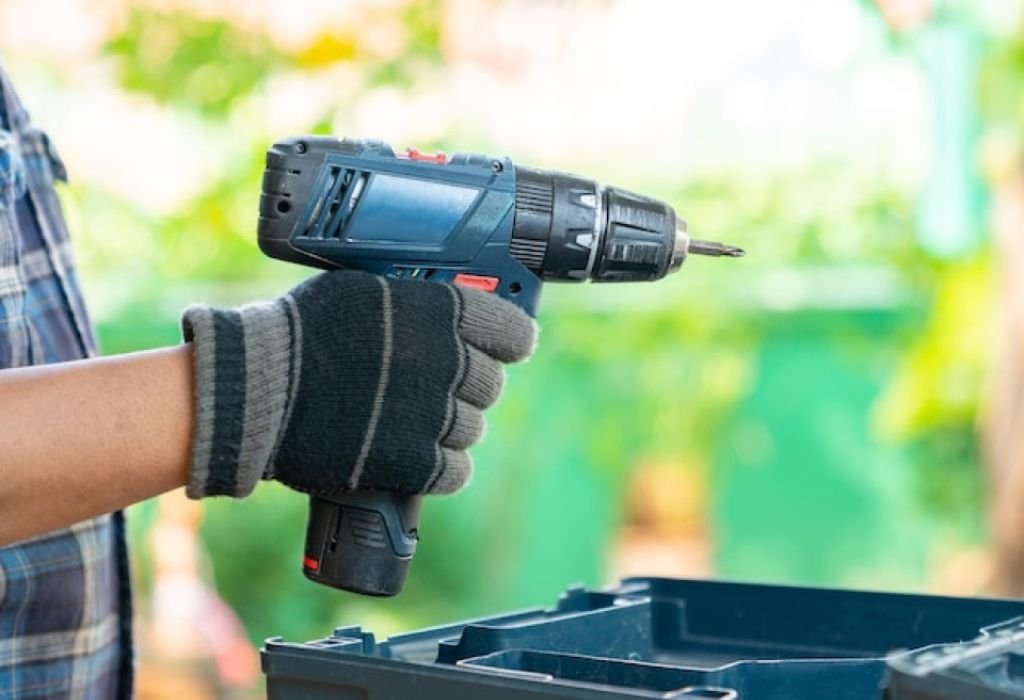A homeowner begins a deck project, staring at two tools that look nearly identical: an impact driver and a cordless drill. Both promise power, yet choosing the wrong one could mean stripped screws, wasted time, or even damaged wood.
The challenge is knowing which tool is truly built for the job.
Many people assume a drill can handle everything, but an impact driver operates differently.
While a drill delivers smooth, continuous rotation, an impact driver uses bursts of torque through a hammer-and-anvil mechanism.
This makes one tool ideal for precision and the other for raw fastening strength. Without clear guidance, buyers often pick one and later realize they needed both.
Confusion is widespread because specifications list unfamiliar numbers. A cordless drill often highlights RPM (rotations per minute) and adjustable clutch settings.
In contrast, an impact driver emphasizes torque ratings measured in inch-pounds and IPM (impacts per minute).
For example, mid-range impact drivers frequently reach 1,500–1,800 in-lb of torque and 3,000+ IPM, while drills average 500–600 in-lb but with greater low-speed control (Home Depot).
Understanding these differences matters because using the wrong tool can shorten bit life, strip fasteners, or produce rough holes.
By breaking down mechanisms, specs, and use cases, this guide will explain exactly what is the difference between impact driver and cordless drill and help you decide which one belongs in your toolbox
.The Short Answer: What Is the Difference Between Impact Driver and Cordless Drill?
The key difference is in how each tool delivers power. A cordless drill spins continuously, applying steady torque for drilling holes and controlled screw driving. An impact driver, on the other hand, uses a hammer-and-anvil mechanism that delivers bursts of torque, making it stronger for driving long screws and lag bolts.
A cordless drill is more versatile. It can handle drilling clean holes in wood, metal, or plastic, and its adjustable clutch prevents overdriving. An impact driver is more specialized. It excels at fastening tasks where high torque is needed but is not the best choice for precision drilling.
Is an impact driver stronger than a drill?
Yes, for driving screws and bolts, an impact driver delivers higher torque.
Which tool drills cleaner holes?
A cordless drill, because it provides steady RPM and clutch control.
Do you need both tools?
Often yes — a drill for clean holes and delicate driving, and a driver for heavy fastening.
Can an impact driver replace a hammer drill?
No, impact drivers cannot drill masonry; a hammer drill is required.
Which is better for beginners?
A cordless drill, since it’s more versatile for everyday projects.
How Each Tool Works (Mechanisms & Metrics)

A cordless drill uses a 3-jaw keyless chuck to hold round or hex-shank bits. Its clutch allows torque adjustment to avoid overdriving screws. It delivers smooth, continuous rotation.
An impact driver uses a ¼-inch hex collet and a hammer-and-anvil system. When resistance increases, the mechanism engages, producing pulsing torque at high IPM (impacts per minute).
What is IPM?
It’s impacts per minute — the number of torque bursts delivered.
Why do drivers handle long screws better?
Their pulsing action prevents stalling under load.
Does a drill’s clutch matter?
Yes, it protects screws and materials from damage.
Can both use the same bits?
Only hex-shank bits fit in an impact driver, while drills accept most styles.
Which tool is smoother?
A drill, since it delivers uninterrupted rotation.
Decoding Specs: Torque, RPM, IPM, Modes & Motors
Cordless drills highlight RPM ranges and clutch settings, while impact drivers emphasize torque (in-lb) and IPM. Mid-range drills average 500–600 in-lb, while impact drivers reach 1,500–1,800 in-lb with 3,000+ IPM.
Modern tools use brushless motors, which are more efficient and extend battery life compared to brushed versions. Many drivers include multiple speed modes for precision.
Which spec matters most for fastening?
Torque combined with IPM.
Does higher RPM drill faster?
Yes, but only with the right bit.
Are torque numbers comparable across brands?
Not perfectly — test methods differ.
Are brushless motors worth it?
Yes, they increase efficiency and durability.
Do multiple speed modes help?
Yes, they allow better control for different tasks.
Bit Systems & Accessories (Hex Collet vs 3-Jaw Chuck)
Impact drivers use ¼-inch hex collets designed for quick-change bits. These require impact-rated bits that withstand the high torque pulses.
Cordless drills use 3-jaw keyless chucks that fit nearly any round or hex-shank bit. This makes them more versatile for drilling holes.
Can regular drill bits go in an impact driver?
Only if they have hex shanks.
Why impact-rated bits?
They resist breakage under pulsing torque.
Which swaps bits faster?
Impact drivers with quick-release collets.
Can a drill use driver bits?
Yes, using a 3-jaw chuck.
Are adapters available?
Yes, but they may reduce performance.
When the Impact Driver Wins (Real-World Jobs)
Impact drivers excel at long deck screws, lag bolts, and corroded fasteners. Their bursts of torque reduce wrist strain and prevent cam-out.
They are compact, making them useful in tight spaces where drills may not fit. The downside is noise, as impact drivers are louder than drills.
Will an impact driver remove stuck screws better?
Yes, thanks to high torque bursts.
Does it reduce wrist kickback?
Yes, impacts reduce twisting force.
Can an impact driver drill holes?
Yes, but only with impact-rated hex drill bits.
Is it noisy?
Yes, often much louder than a drill.
Is it good for framing or decking?
Yes, it’s the preferred tool for those tasks.
When the Drill Wins (Clean Holes & Precision Driving)

Cordless drills are better for precision drilling, pilot holes, and countersinking. They excel with hole saws, Forstner bits, and delicate materials.
The clutch prevents overdriving screws, making drills ideal for cabinetry and finish work.
Which tool makes cleaner holes?
A drill, due to steady RPM.
Can an impact driver replace a drill?
Not for precision holes.
Does a clutch prevent stripping?
Yes, by limiting torque.
Can drills drive long lag bolts?
Sometimes, but they may stall.
Are drills quieter?
Yes, much quieter than impact drivers.
Ergonomics, Control & Fatigue
Impact drivers are shorter, lighter, and reduce wrist twist under load. They are easier for repetitive heavy fastening.
Cordless drills are heavier but provide smoother control, quieter operation, and better finesse at low speeds.
Which is more compact?
Impact drivers.
Which gives finer control?
Drills, especially at low speed.
Which is louder?
Impact drivers, often by a wide margin.
Which reduces fatigue on long screws?
Impact drivers.
Which is better for delicate driving?
Drills, due to the clutch.
Batteries, Runtime & Longevity
Both tools depend on battery voltage and amp-hour ratings. Higher Ah batteries provide longer runtime, while brushless motors increase efficiency.
Impact drivers may drain batteries faster when handling heavy loads due to high torque pulses. Proper storage and charging extend tool life.
Do bigger batteries add power?
They sustain voltage better under load.
Is brushless better for runtime?
Yes, it improves efficiency.
Can overheating reduce performance?
Yes, tools throttle when hot.
Do both use the same batteries?
Yes, if from the same brand system.
How should batteries be stored?
In a cool, dry place, partially charged.
Buying Guide: Specs & Features That Matter
When shopping, compare torque, RPM/IPM, brushless motors, size, and ergonomics. Combo kits often provide both tools at better value.
Look for features like LED lights, compact head length, belt hooks, and included batteries.
What should beginners buy first?
A cordless drill.
Best setup for deck building?
Add an impact driver.
Do brands matter?
Yes, for battery compatibility.
What bits are essential?
Impact-rated driver bits and quality drill bits.
Is a combo kit worth it?
Yes, it usually saves money.
Myths & Mistakes to Avoid

Many assume drills and impact drivers are interchangeable. In reality, they complement each other.
Using non-impact-rated bits in drivers is a mistake, as they can shatter. Misreading clutch numbers as torque ratings is another common error.
Do clutch numbers equal torque?
No, they are relative, not exact.
Is louder always stronger?
No, noise is from impacts, not torque.
Can an impact driver replace a hammer drill?
No, it cannot drill masonry.
Can a drill handle lag bolts?
Not as effectively as an impact driver.
Are non-impact bits safe in drivers?
No, they may break under torque.
Future Trends: Smarter, Smaller, Stronger
Manufacturers are creating compact brushless drivers, smarter clutch systems, and app-based tracking.
Expect improved ergonomics, better bit materials, and tools that balance power with finesse.
Are auto-modes useful?
Yes, they prevent over-driving.
Will compact tools dominate?
Yes, for portability and control.
Do connected apps matter?
For pros, they help track tool use.
Will drills stay relevant?
Yes, for precise hole-making.
Are impact drivers evolving?
Yes, with more control modes and quieter operation.
Conclusion
So, what is the difference between impact driver and cordless drill? A drill is versatile, precise, and best for clean holes and delicate tasks. An impact driver delivers pulsing torque, excelling at driving screws and bolts with less wrist strain.
For most people, owning both tools is ideal. A drill covers everyday tasks, while an impact driver handles heavy fastening with ease. Together, they create a toolbox ready for any project.

I’m John F. Nicholas, the founder, lead writer, and drill enthusiast behind 101drill.com. With years of hands-on experience in power tools and DIY projects, I created this platform to share practical knowledge, expert tips, and real-world insights to help others master the art of drilling.
